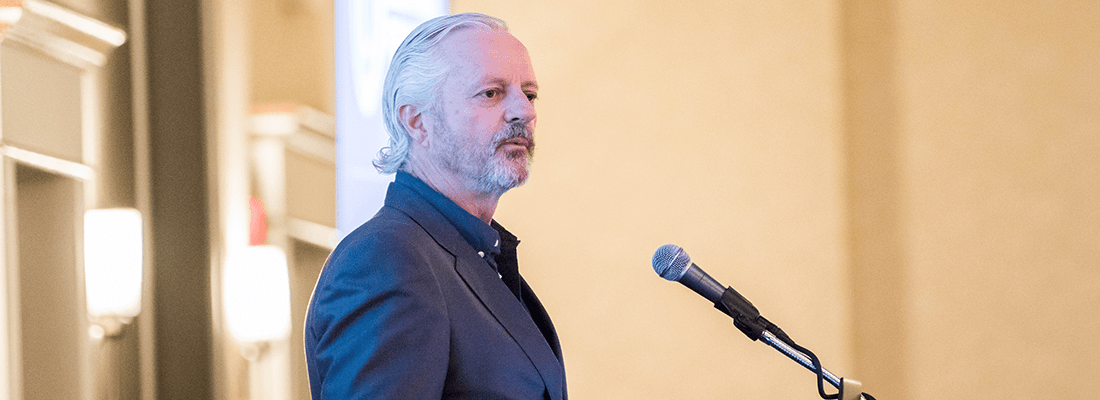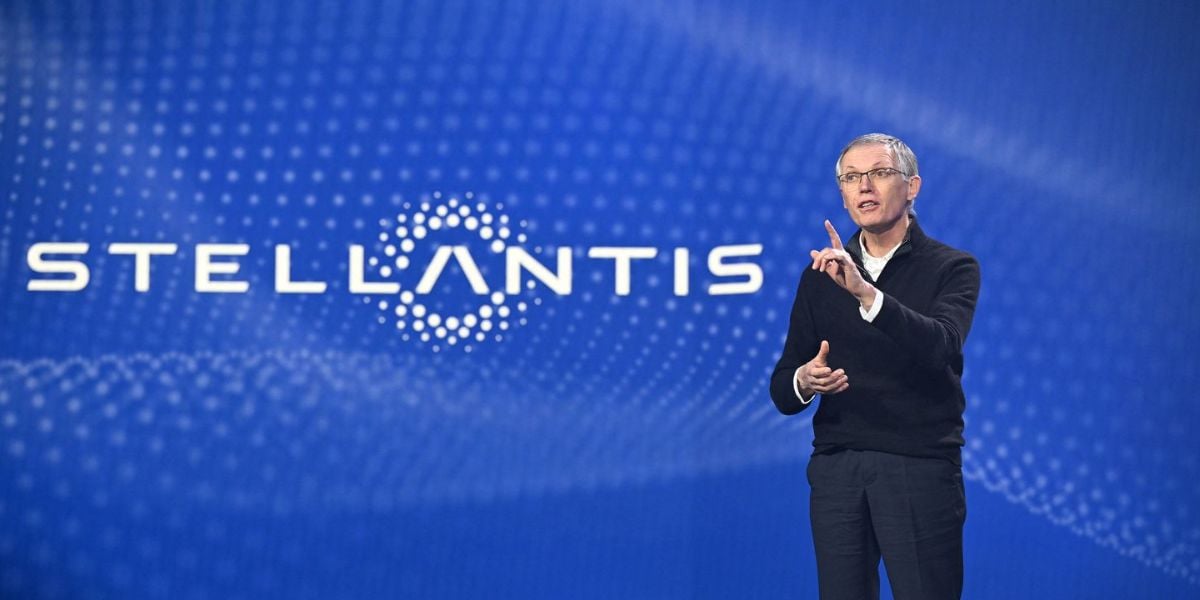No-one knows what reman is
Reman stakeholders met up in the US to hear a hard message from the Ellen MacArthur Foundation – followed by a passionate call to action. Andrew Bardin Williams reports from Rochester.
More than 200 leaders in the remanufacturing industry gathered in Rochester, NY, for the annual World Remanufacturing Conference. Jointly organised by the Remanufacturing Industries Council (RIC) and Rochester Institute of Technology (RIT), the conference included an intensive, highly-collaborative exploration of best practices, emerging trends and issues of critical importance to the remanufacturing industry. “The future of the world depends on sustainability, and remanufacturing is a central component of sustainability,” declared Dr. David Munson, president, RIT, in his welcome address, highlighting the key point to come out of the conference. Speaker after speaker reiterated his assertion that the remanufacturing industry has reached a tipping point and needs to expand its messaging and join the larger discussion about using our planet’s resources more wisely.
An important distinction was made by several speakers, most notably Nabil Nasr, CEO of the REMADE Institute, to compare remanufacturing and its benefits and impacts not to new product manufacturing but to other sustainable processes such as repair and recycling. Remanufacturers and reman’s supporters need to show the difference in value of remanufacturing versus these other, better-known but less impactful, processes, he said.
One company that has definitely seen the value in remanufacturing is Caterpillar. During her keynote address, Tana Utley, vice president, large power systems division, said that Caterpillar is proud to pass this value onto its customers. “[Remanufacturing allows us to] provide the same performance of new at a fraction of the cost,” she said. During the second keynote address, Andrew Morlet, CEO of the Ellen MacArthur Foundation, implored the industry to bring the remanufacturing story to a mass audience. He invited members to join the foundation in its efforts to educate the public on its concept of the circular economy. He ended his talk by challenging the industry - specifically the people in the room - to work together to co-promote remanufacturing as part of the circular economy.
Breaking out
As expected, breakout sessions were more granular, focusing on specific issues and solutions that streamline the remanufacturing process. Topics ranged from logistics, cleaning and additive technologies to trade policy and workforce development. Members also networked at several events throughout the conference, forging bonds and partnerships across companies and industries. A select few even got to don hard hats and tour Alstom USA’s manufacturing facility where the company remanufactures mobility solutions for private and public operators across the US.
Above all, the World Remanufacturing Conference was about momentum and the need for reman to take the next step in legitimacy. Remanufacturing experts from around the world gave updates on the industry in their regions, and RIC elicited feedback on the creation of a standalone remanufacturing ISO standard that would define terminology and processes. But the big takeaway was Morlet’s call to action for the industry leadership to take their story to the next level, making remanufacturing a wellknown, ubiquitous term that is essential to the circular economy.
Call to action
Remanufacturing is a key component of the circular economy, declared Andrew Morlet during his keynote presentation, and the time is now for the industry to start talking about its role in how the economy will evolve in the near and distant future. To do this, he said, remanufacturers are going to have to up-level their message and make it more approachable for the general public.
He suggested that the Ellen MacArthur Foundation, an organisation that aims to accelerate the transition to the circular economy, would be a great partner to that end, highlighting the success the foundation has had elevating the public’s understanding and support of the circular economy over the past several years. The organisation publishes a quarterly report that gets millions of hits and has established formal partnerships with 22 cities and 200 companies around the world which have committed to instituting policies supportive of the circular economy. Through these efforts, more than 100 million people are engaged per year.
“No one knows what reman is,” Morlet said, providing a sober reminder of how far the industry has yet to go. “You all have a communications issue. It’s time to change that.” His advice for conference attendees was to promote an inspiring economic vision, embark on a bold growth ambition, provide an engaging narrative with case studies and use cases and piggyback on the momentum of the circular economy. “You have the opportunity to be part of a better economy,” he said. “Use that, and people will start to understand and appreciate what you’re doing.”
The world of reman: a snapshot
The state of remanufacturing outside the US has never been stronger, according to several experts who gave firsthand accounts of the industry in their respective regions.
China: According to Joseph Chow, chairman, Automotive Parts Remanufacturing Association in Asia- Pacific, China has the greatest potential for remanufacturing growth. He said that key drivers of reman in the country include a growing awareness of benefits, automobile manufacturing growth and increased service events. The government, he promised, is a strong supporter of remanufacturing.
European Union: Remanufacturing was a $30 billion industry in the EU in 2015 and is primed to triple by 2030, according to Erik Sundin, associate professor, Linköping University. He said that aerospace and automotive are the biggest remanufacturing industries in the region, and there is a strong standards push - specifically how remanufacturing relates to the circular economy.
Singapore: Helene Pepin of the Advanced Remanufacturing and Technology Center said that an extremely connected country (highspeed broadband and highly literate population) and strong aerospace and marine oil and gas industries make Singapore an up and coming remanufacturing hub. Strong government support and a talented workforce will be key to making the island city state a key hub in a south-east Asia service model, she said.
South Korea: Remanufacturing has grown 35% in eight years thanks tostrong automotive and printer toner sectors. In addition, the government is supportive through several initiatives, including requiring remanufacturing products in government institutions and funding promotion and awareness programmes.


.png?h=600&iar=0&w=1200)
